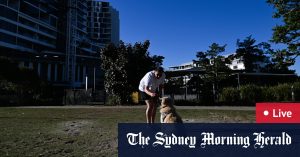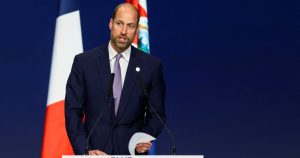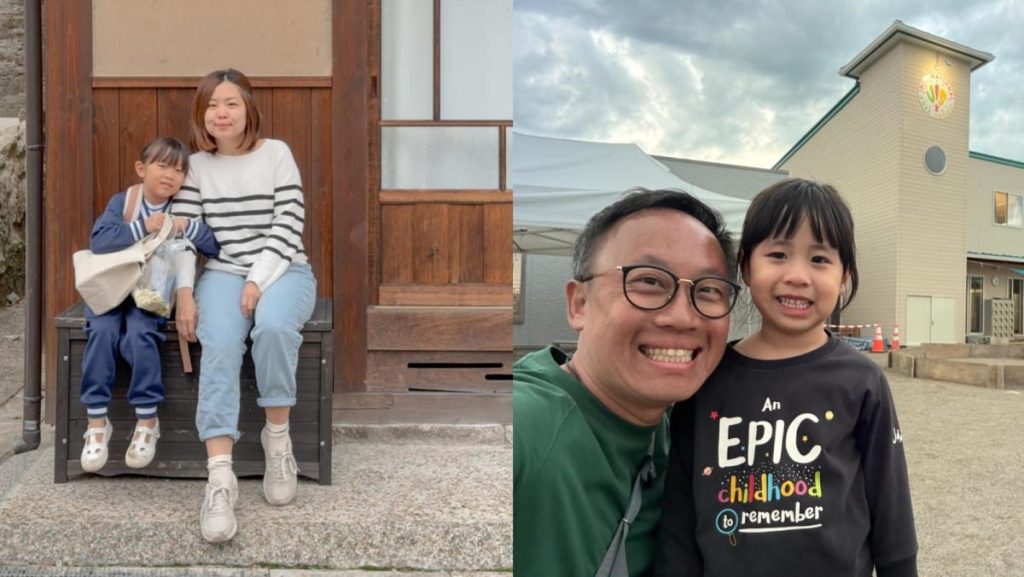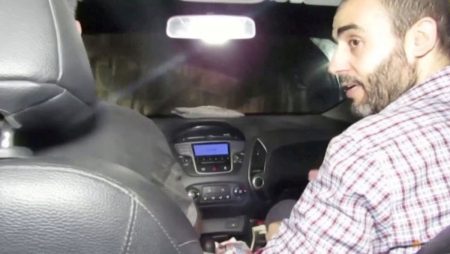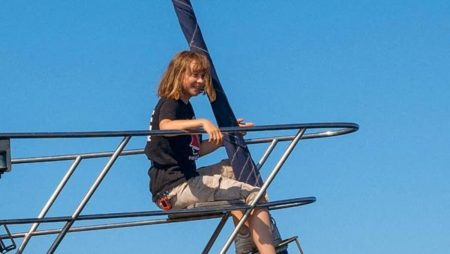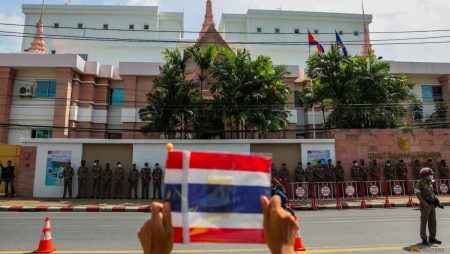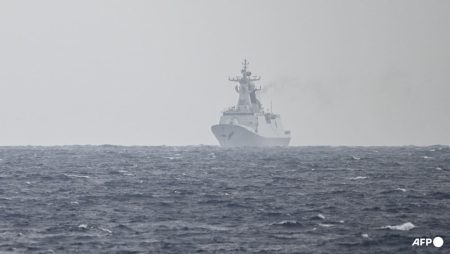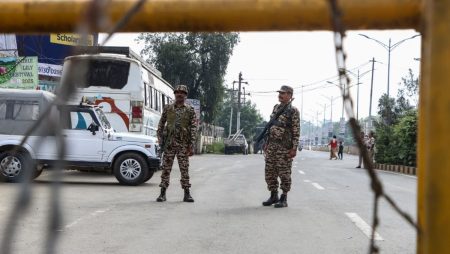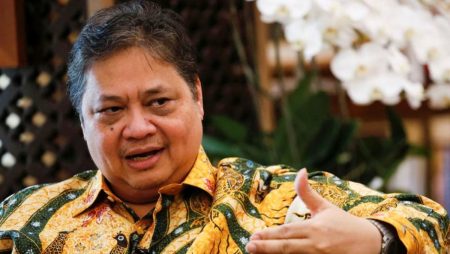The Sim and Chia families, both from Singapore, sought out alternative educational experiences for their young daughters, Eden and Leanne, respectively, by enrolling them in short-term preschool programs in rural Japan. Driven by a desire to expose their children to different environments and learning styles, they opted for a less structured, nature-based approach than what’s typically offered in Singapore’s highly academic, air-conditioned classrooms. Both parents felt that the Singaporean system, while effective in academic preparation, tended to foster a sense of entitlement and over-reliance on structured environments. They saw the Japanese programs as an opportunity for their children to develop greater independence, adaptability, and an appreciation for nature and different cultures.
A key difference between the Singaporean and Japanese preschools was the emphasis on outdoor play and experiential learning. While Singaporean preschools prioritize academics, even at an early age, the Japanese program allocated half the day to outdoor activities, fostering motor skill development, interpersonal skills, and a connection with nature. Leanne’s experiences, for instance, included cooking her own lunch, participating in a Halloween parade through a local town, and embarking on nature walks. This focus on hands-on learning and exploration stood in stark contrast to the more structured, academically-driven curriculum common in Singapore. Eden’s father, Mr. Sim, noted that the Japanese curriculum emphasized personal development and softer skills, which he felt was a valuable complement to the academic rigor of the Singaporean system.
The smaller class sizes in the Japanese preschools also contributed to a more personalized learning experience. With only 13 students per class, compared to the 20-25 students per teacher mandated in Singapore, Eden and Leanne benefited from increased individual attention and a closer bond with their teachers and classmates. This lower teacher-to-student ratio allowed for more focused interaction and facilitated a more nurturing environment. This allowed for a more intimate learning environment and greater opportunities for individual attention, a contrast to the larger class sizes typical of Singaporean preschools. Ms. Chia, Leanne’s mother, described the Japanese curriculum as “more nature-based and experiential,” highlighting the practical, hands-on learning that formed the core of the program.
Despite the language barrier, both girls adapted remarkably well to their new surroundings. Neither family spoke Japanese, but through body language, translations provided by the teachers, and the universal language of play, Eden and Leanne were able to connect with their classmates and pick up basic Japanese phrases. They learned simple greetings, words for “please” and “thank you,” and even began to name their new friends. Mr. Sim noted that Eden was just starting to fully integrate into her class by the end of the first week, suggesting that a longer program duration might have been even more beneficial. The use of mobile translation apps also facilitated communication between the parents and the teachers, bridging the linguistic gap and ensuring a smooth experience.
The cost of these programs was significant, but both parents considered it a worthwhile investment. Ms. Chia spent approximately S$3,000 (US$2,200) for Leanne’s week-long program, covering school fees and accommodation for both of them. Other expenses, like flights, meals, and daily necessities, were additional. While acknowledging the expense, Ms. Chia deemed it a valuable and memorable experience for her daughter. The program director indicated that costs could range up to US$19,500 for a three-month stay for two adults and one child, depending on the chosen preschool and accommodation. This highlights the premium placed on these immersive cultural and educational experiences.
In conclusion, the families of Eden and Leanne prioritized a different kind of educational experience for their daughters, opting for a short-term immersion in a Japanese preschool. Driven by a desire to broaden their children’s horizons beyond the academically focused Singaporean system, they sought an environment that nurtured personal development, fostered a love for nature, and exposed them to a new culture. Despite the language barrier and the financial investment, both families found the experience to be immensely rewarding, offering their daughters invaluable opportunities for growth, adaptation, and the creation of lasting memories. The contrast between the Singaporean and Japanese approaches to early childhood education underscores the diverse philosophies surrounding childhood development and the value of exploring alternative educational pathways.
